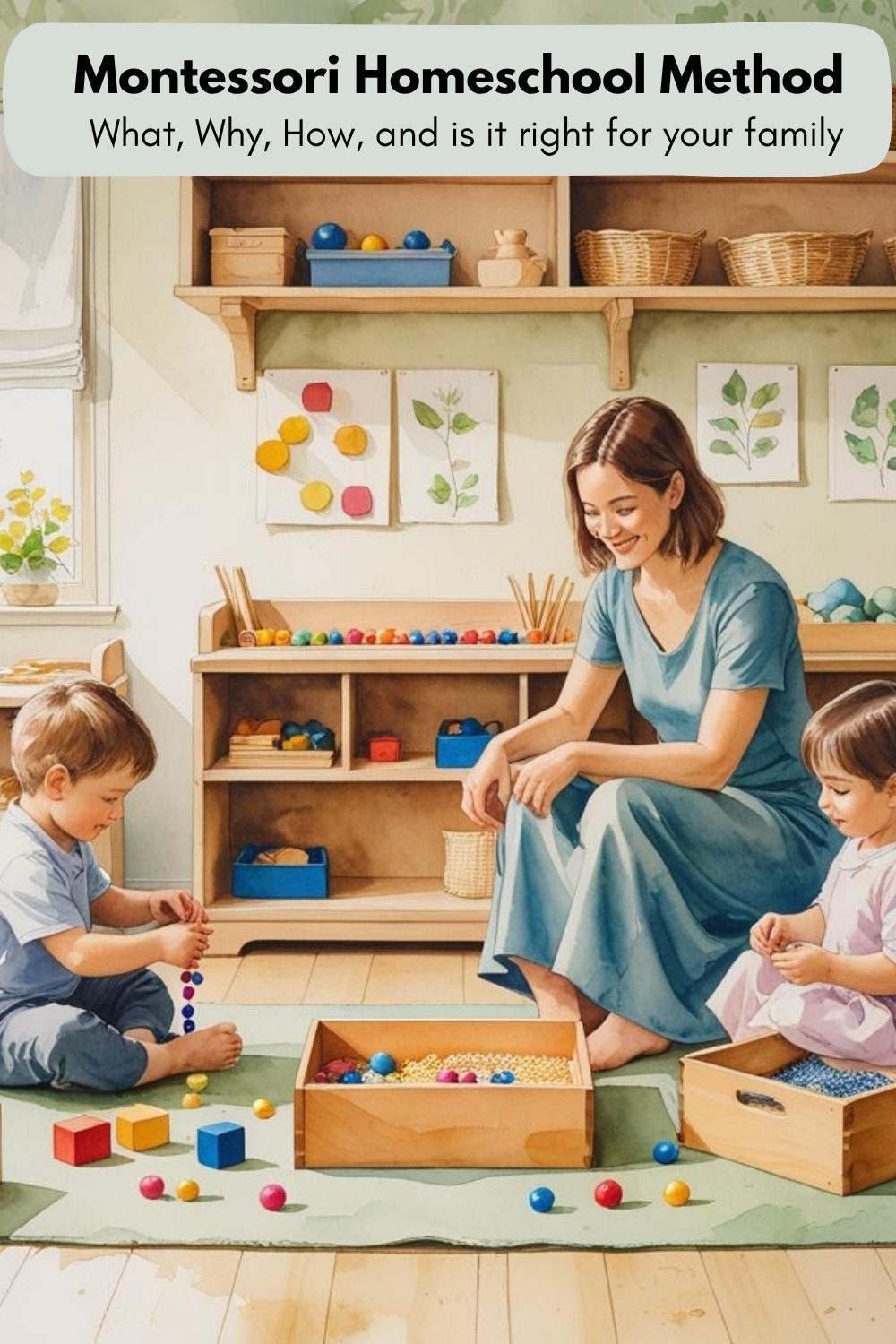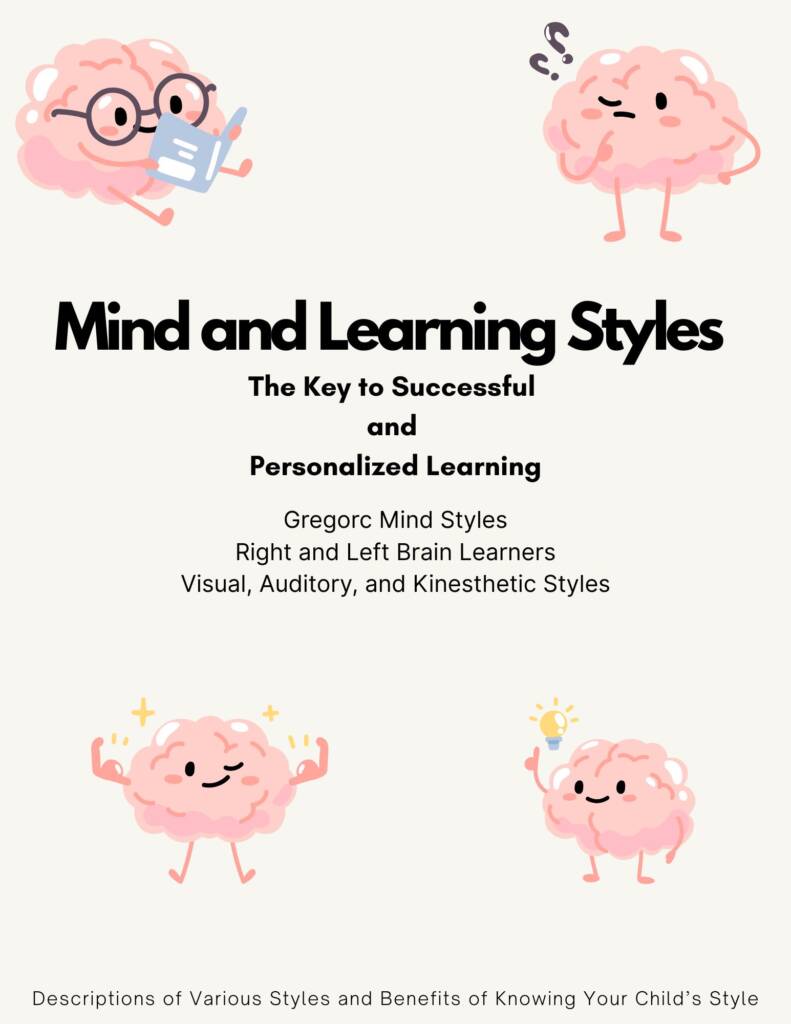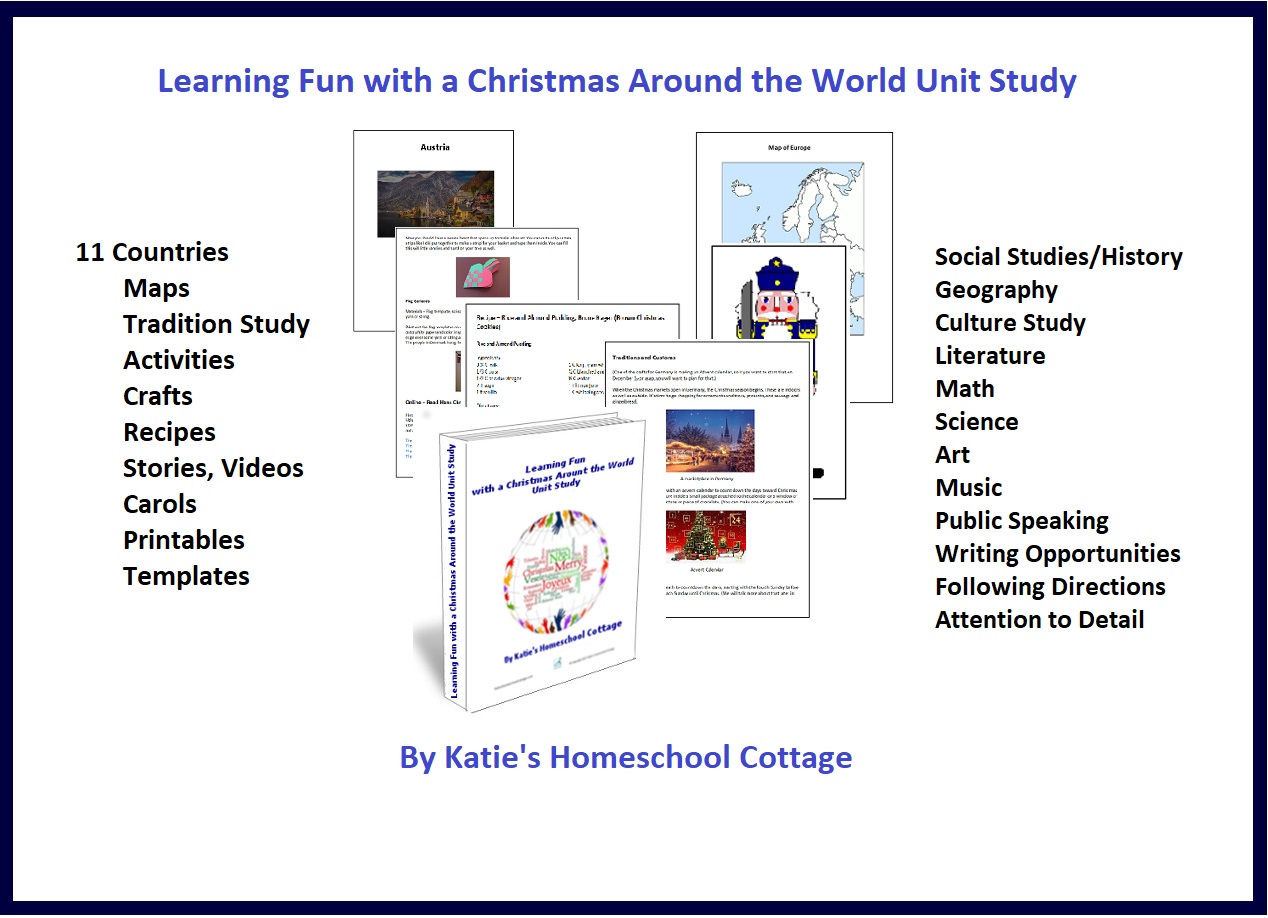This post about the Montessori Homeschool Method is the third post in a 10 part series about different homeschooling methods.
This series includes the following homeschooling methods:
- Classical Homeschool
- Charlotte Mason
- Montessori
- Unschooling
- Traditional or School at Home
- Project Based Learning
- Eclectic or Mixed Approach
- Unit Studies or Thematic
- Delight Directed or Interest Led Learning
- Waldorf
Montessori Homeschooling: Raising Independent Learners Through Hands-On Discovery
Have you ever watched your child become completely absorbed in pouring water from one cup to another?
Or carefully line up their toys in perfect order?
These activities aren’t just play—they’re learning in action. And they’re also at the heart of Montessori education.
In a world where academic pressure can overshadow a child’s natural curiosity, the Montessori homeschool method offers a refreshing alternative—one that honors your child’s developmental rhythms, nurtures independence, and makes learning a hands-on, meaningful experience.
Whether you’re just beginning your homeschool journey or looking for a more child-led, peaceful approach, Montessori homeschooling may be exactly what your family needs and matches your child’s learning style.
What Is Montessori Education?
The Montessori method was developed by Dr. Maria Montessori, an Italian physician and educator, in the early 1900s. Her work with children—particularly those often overlooked by traditional systems—led her to a profound realization: children learn best through self-directed, purposeful activity.
Rather than viewing education as something that directs the child in their pursuits and learning, Montessori saw it as something that naturally unfolds when children are placed in an environment prepared for their developmental needs.
The homeschool version of Montessori doesn’t aim to replicate a traditional Montessori classroom. Instead, it adapts her principles into the heart of home life—creating an atmosphere where independent, joyful learning thrives.
Core Principles of Montessori Homeschool Method
The Montessori homeschool environment centers around a few guiding principles:
- Respect for the Child – Children are capable, curious individuals who thrive when given freedom within limits.
- Prepared Environment – The home is organized and designed to encourage independence and exploration.
- Hands-On Learning – Children engage with concrete materials that allow them to explore abstract concepts through their senses.
- Freedom Within Structure – Children choose from a range of activities, guided by their interests and developmental stage.
- Observation and Guidance – The parent’s role shifts from “teacher” to “guide,” carefully observing the child’s needs and interests.
With these principles in place, Montessori homeschooling offers a nurturing yet challenging environment that supports the whole child—emotionally, intellectually, socially, and practically.
What Does a Montessori Homeschool Look Like?
Forget the desks and workbooks—Montessori homeschooling often looks more like a well-curated playroom or mini studio. You might find:
- Open shelves with carefully chosen learning materials
- Baskets with real-life tools like kitchen utensils or cleaning supplies
- Low tables and chairs, child-sized for comfort and independence
- Natural lighting, soothing colors, and uncluttered spaces
- A rhythm of calm activity rather than loud instruction
It is more than just the set up of the learning environment, the goal is to create an exploratory space where children can confidently experiment, make choices, and take ownership of their learning.
The Montessori Homeschool Method in Your Home
1. Child-Led Learning
One of the most distinct features of Montessori homeschooling is that the child chooses what to work on within a structured environment. This doesn’t mean chaos—it means you prepare a thoughtful range of materials and activities aligned with your child’s age, interests, and developmental needs.
For example, your 4-year-old might spend an hour sorting beads by color, tracing sandpaper letters, or watering houseplants—activities that feel like play, but are deeply educational.
Your child chooses his learning time from the materials and resources you have laid out in your learning environment.
This self-direction builds intrinsic motivation, confidence, and focus—all of which are lifelong learning skills.
2. Prepared Environment
The Montessori environment is intentionally designed to foster independence, order, and freedom within limits. Instead of asking you for help every five minutes, your child learns to take responsibility for their own learning space.
Simple tweaks make a big difference:
- Put materials on low shelves so your child can reach them.
- Use trays or baskets to keep activities organized.
- Offer real tools for real work—like mini brooms, real dishes, and child-safe knives.
This setup gives your child a sense of ownership and pride—and reduces the friction of constant adult intervention.
3. Hands-On Materials
Montessori materials are beautiful, purposeful, and often made from natural materials like wood and glass. They’re designed to isolate one concept at a time and allow for self-correction.
Some common Montessori homeschool materials include:
- Number rods for early math concepts
- Sandpaper letters for tactile phonics learning
- Movable alphabets for spelling and writing
- Practical life tools like button frames, pouring sets, and sweeping tools
- Sensorial materials like the pink tower, color tablets, and sound cylinders
These materials help children learn through their senses, which is especially effective in the early years.
4. Practical Life Skills
Montessori education places strong emphasis on daily life skills, like cooking, cleaning, dressing, and caring for others. These aren’t chores—they’re vital parts of the curriculum.
When a child learns to fold laundry or peel a carrot, they’re building:
- Fine motor skills
- Focus and concentration
- A sense of responsibility
- Coordination and confidence
These tasks foster independence and teach that learning isn’t limited to a book—it’s embedded in everyday life.
5. Observation and Guidance
As a Montessori homeschooling parent, you’re not lecturing or quizzing—you’re observing, supporting, and guiding.
Your role is to:
- Watch for signs of readiness or interest
- Introduce new materials when appropriate
- Step back and allow uninterrupted concentration
- Gently redirect when needed
It takes patience and trust, but the result is a child who learns to think and act for themselves—without the need for constant prompting.
A Sample Montessori Homeschool Day
One of the beautiful aspects of Montessori homeschooling is its flexibility. But a typical day might look something like this:
Morning Routine
- Unstructured play (some free time as everyone wakes up)
- Breakfast and self-care (encouraging the child to participate, maybe setting the table, breakfast preparation, self-care)
- A short walk or time outside
Work Period (1.5–2 hours)
- Child chooses from prepared activities: practical life, math, reading, art, or sensory work (materials from the learning space you have organized)
- Parent observes, supports, or gives a lesson as needed
- Quiet, focused atmosphere—no interruptions if the child is “in the zone”
Outdoor Exploration
- Nature walk, gardening, or physical play
- Sensory engagement with the natural world
Lunch and Cleanup
- Child helps prepare and set the table
- Cleans up dishes with guidance
Afternoon
- Read-aloud or story time
- Open-ended art or building activities
- Quiet time or nap (for younger children)
- Music or cultural study (maps, flags, food, traditions) (this can be an activity together)
Why Homeschool Families Love Montessori
Montessori homeschooling resonates with families who want an education that’s more organic, respectful, and empowering.
Here are some of the most common reasons parents choose it:
1. It Honors the Individual Child
Montessori recognizes that each child develops on their own timeline. Rather than pushing or holding back, this method supports your child right where they are.
2. It Encourages True Independence
Children are given the tools and trust to take ownership of their learning, which cultivates confidence, autonomy, and self-discipline.
3. It’s Peaceful and Purposeful
Montessori homeschooling is calm, respectful, and grounded in routines. It fosters an atmosphere where children feel secure and capable.
4. It Builds Real-World Skills
From buttoning shirts to pouring milk to resolving conflicts, Montessori children learn practical, valuable life skills that translate far beyond academics.
5. It’s Deeply Hands-On
Children don’t sit still and memorize—they explore, manipulate, experiment, and engage with their whole bodies and minds.
Is Montessori Homeschooling Right for You?
Montessori may be a good fit if:
- You want to give your child more freedom to explore their interests
- You value minimalism and intentional parenting
- You believe learning happens everywhere—not just in books
- You want to build independence and real-life skills
- You’re drawn to peaceful, purposeful home rhythms
- You’re comfortable letting your child lead (with your gentle guidance)
It may not be the best fit if you prefer highly structured curricula, fast-paced academics, or traditional grading systems.
How do I know if the Montessori Homeschool Method is right for my child?
Here is a resource I created to assist you in determining your child’s learning and thinking styles with assessments and descriptions and which homeschool method and curriculum is the right for one for them. You will find descriptions of various learning and thinking styles, assessments to determine your child’s styles, suggested teaching methods, materials, and curriculum with links for you to consider that match your child’s styles.

Getting Started With Montessori at Home
You don’t need to recreate a Montessori classroom to benefit from the method. Here’s how to begin:
1. Read Up on Montessori Principles
Start with a few parent-friendly books like:
- Montessori from the Start by Paula Polk Lillard
- The Montessori Toddler by Simone Davies
- How to Raise an Amazing Child the Montessori Way by Tim Seldin
2. Observe Your Child
Watch what your child is naturally drawn to. Use their interests as a guide to choose activities or materials.
3. Simplify and Prepare the Environment
Declutter. Arrange materials on low shelves. Create small spaces for focused work. Introduce real tools your child can use.
4. Invest in Key Montessori Materials
Start small with sandpaper letters, number rods, or practical life trays. You don’t need everything all at once.
5. Follow the Child
Let your child take the lead, even if it looks different than your original plans. Trust their developmental process.
Frequently Asked Questions
What ages is Montessori homeschooling best for?
Montessori works well for ages 2½ to 12. The method is particularly well-suited for early childhood but can be adapted for older children with the right materials and approach.
Is there a Montessori homeschool curriculum I should follow?
There are Montessori-inspired curricula available for homeschoolers, like
Free Montessori Albums printables
Some parents also piece together their own plans using guides.
How do I know what to teach and when?
Montessori follows developmental stages (called “planes of development”). Use scope and sequence guides to understand what’s typically introduced and observe your child’s readiness.
How much structure should I provide?
Montessori supports child-led learning with gentle guidance. You can offer choices within a framework—have some work periods daily, and allow freedom within limits.
How do I track progress without grades and tests?
Montessori relies on observation, portfolios, and self-assessment. You can track learning through notes, work samples, and discussions rather than traditional testing.
Will my child be “behind” or “ahead” using Montessori?
Montessori learners often develop strong focus and independence. Because it’s individualized, students may be ahead in some areas and slower in others—this is normal and embraced in Montessori philosophy.
How do I balance Montessori with state homeschooling laws and recordkeeping?
Follow your state’s homeschool requirements. You can align Montessori activities with required subjects and keep records with photos, journals, or portfolios.
Is Montessori compatible with religious homeschooling?
Yes. Montessori is a method, not a belief system. Many Christian and faith-based families successfully incorporate Montessori into their values and religious education.
Final Thoughts: Montessori as a Lifestyle, Not Just a Method
The Montessori Homeschool method isn’t about being perfect. It’s about respecting your child, trusting the learning process, and creating a home learning environment that fosters your child’s love for learning, independence, and self-confidence.
It’s about teaching your child how to learn—not just what to learn.
By embracing Montessori at home, you’re not only providing a rich academic foundation, but also nurturing independence, creativity, and lifelong curiosity. And that, more than anything else, is the real goal of education.






